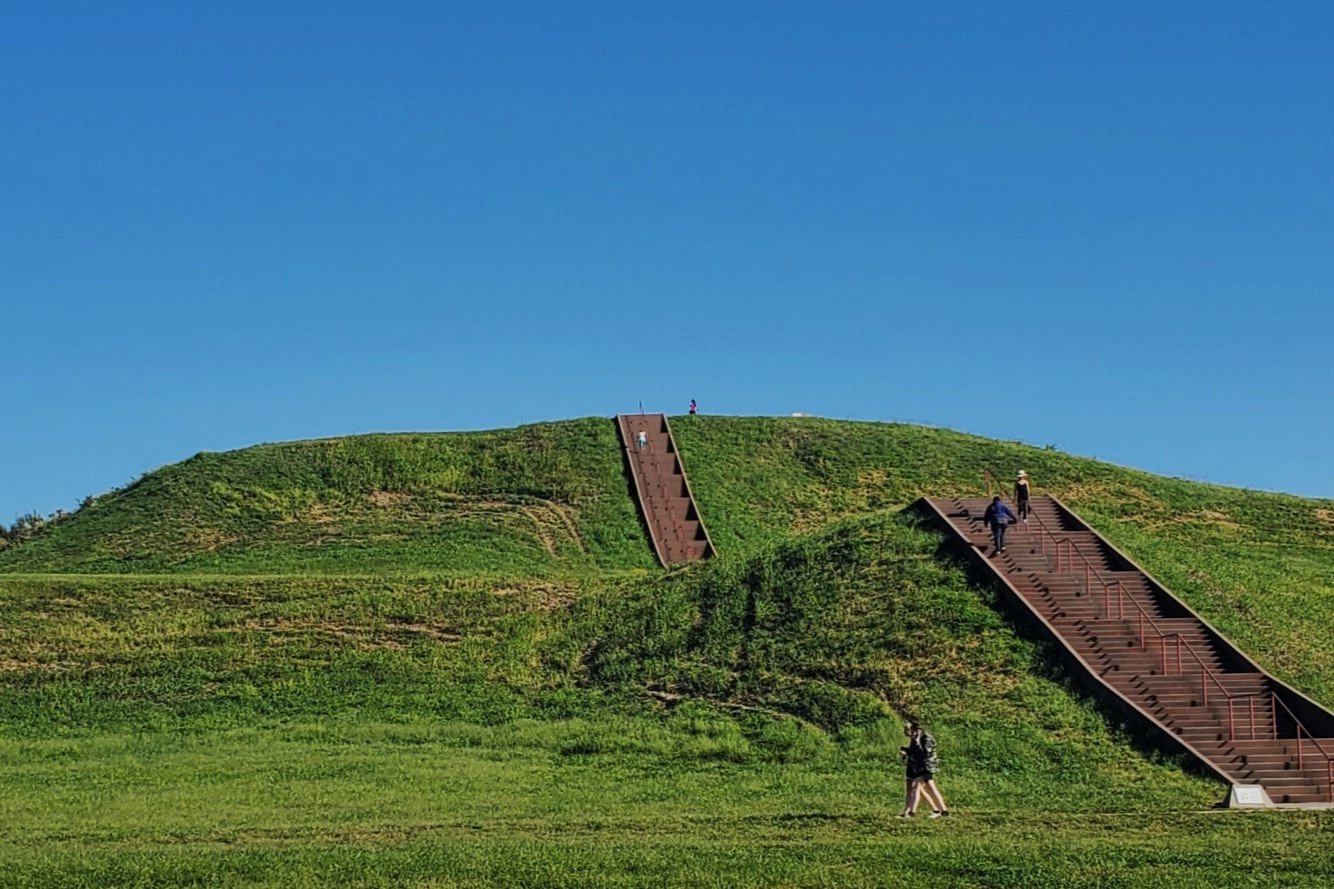Secrets Of Mississippi’s Ancient Mounds

Have you ever wondered about the ancient mounds of Mississippi? These mysterious earthworks, built by Native American cultures, hold secrets of civilizations long gone. Some of these mounds date back over 2,000 years, showcasing impressive engineering skills. They served various purposes, from ceremonial sites to burial grounds. Visiting these sites offers a glimpse into the past, allowing us to connect with history in a tangible way. Whether you're a history buff or just curious, exploring these mounds can be a fascinating experience. Ready to learn more about these ancient wonders? Let's dive into the rich history and significance of Mississippi's ancient mounds.
Discovering Mississippi's Ancient Mounds
Mississippi's ancient mounds are a fascinating glimpse into the past. These earthworks, built by Native American cultures, hold stories of rituals, community life, and ancient engineering marvels. Let's explore some of the most intriguing mounds in Mississippi.
1. Emerald Mound
Emerald Mound, located near Natchez, is one of the largest mounds in North America. Built by the Plaquemine culture between 1250 and 1600 AD, this mound covers eight acres and rises 35 feet high. It served as a ceremonial center, with smaller mounds on top for temples and elite residences.
2. Winterville Mounds
Winterville Mounds, near Greenville, is a complex of 12 mounds built by the Mississippian culture between 1000 and 1450 AD. The largest mound stands at 55 feet. This site was a political and religious center, with evidence of large gatherings and rituals.
3. Grand Village of the Natchez
The Grand Village of the Natchez, located in Natchez, was the main ceremonial center for the Natchez people. It features three mounds, including the Great Sun's Mound, where the chief resided. The site also includes a reconstructed Natchez house and a museum.
4. Pocahontas Mound A
Pocahontas Mound A, situated near Jackson, is a single mound built by the Mississippian culture around 1000 AD. This mound, standing at 22 feet, was likely used for ceremonial purposes. The site offers a glimpse into the early Mississippian period.
5. Owl Creek Mounds
Owl Creek Mounds, located in the Tombigbee National Forest, consists of five mounds built by the Mississippian culture between 800 and 1100 AD. The largest mound is 17 feet high. Archaeological evidence suggests the site was used for both residential and ceremonial purposes.
6. Bynum Mounds
Bynum Mounds, near Houston, is a group of six mounds built by the Middle Woodland culture between 100 BC and 100 AD. These mounds were used for burials and ceremonies. The site includes a visitor center with exhibits on the Woodland culture.
7. Ingomar Mounds
Ingomar Mounds, located near New Albany, consists of 13 mounds built by the Woodland culture around 200 BC. The largest mound is 28 feet high. This site was likely a major ceremonial center, with evidence of large gatherings and feasts.
8. Pharr Mounds
Pharr Mounds, near Tupelo, is a complex of eight mounds built by the Middle Woodland culture between 1 and 200 AD. These mounds were used for burials, with artifacts indicating long-distance trade. The site offers a unique look at the Woodland period.
9. Jaketown Mounds
Jaketown Mounds, located near Belzoni, is a complex of 18 mounds built by the Poverty Point culture between 1500 and 1100 BC. These mounds were used for residential and ceremonial purposes. The site includes a museum with artifacts from the Poverty Point culture.
10. Bear Creek Mound and Village
Bear Creek Mound and Village, near Tishomingo, is a single mound built by the Mississippian culture around 1400 AD. The site includes a reconstructed Mississippian house and a nature trail. Archaeological evidence suggests the site was used for both residential and ceremonial purposes.
Mississippi's Ancient Mounds: A Timeless Legacy
Mississippi's ancient mounds offer a glimpse into a rich past. These structures, built by Native American cultures, showcase impressive engineering and deep spiritual significance. Visiting these mounds, like the Emerald Mound or the Winterville Mounds, reveals stories of communities that thrived long before modern times.
Exploring these sites provides a unique connection to history. The mounds stand as reminders of the ingenuity and resilience of their builders. They also highlight the importance of preserving these treasures for future generations.
Whether you're a history buff or just curious, the mounds of Mississippi are worth the trip. They offer a chance to walk in the footsteps of ancient peoples and appreciate the legacy they left behind. So next time you're in Mississippi, take a moment to visit these incredible landmarks. You won't be disappointed.

